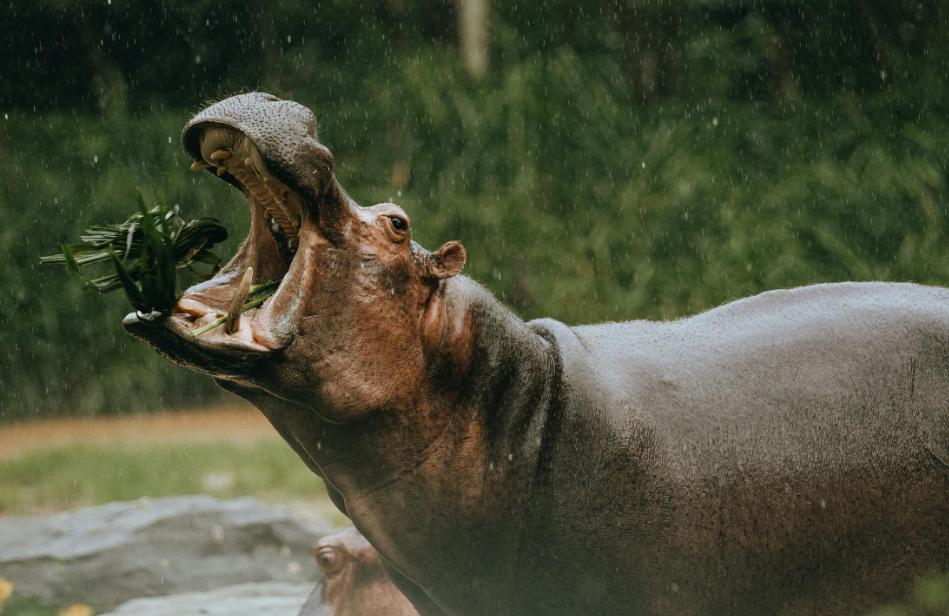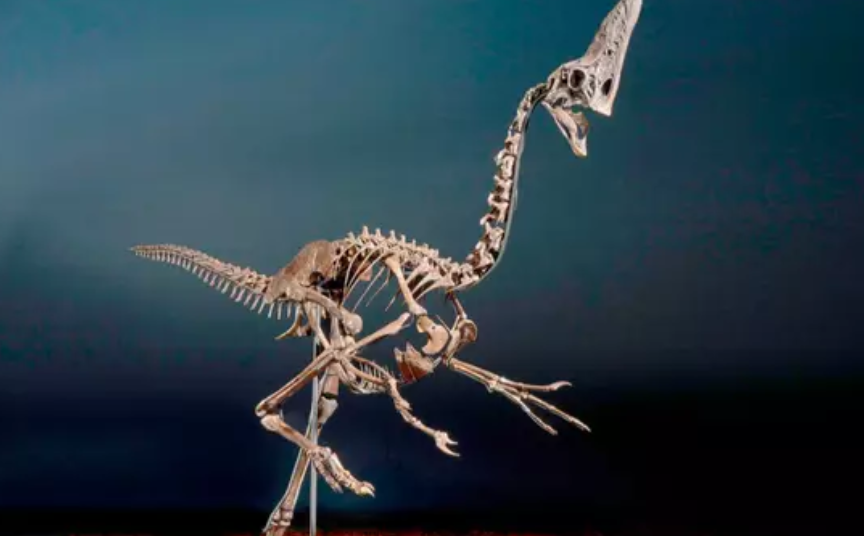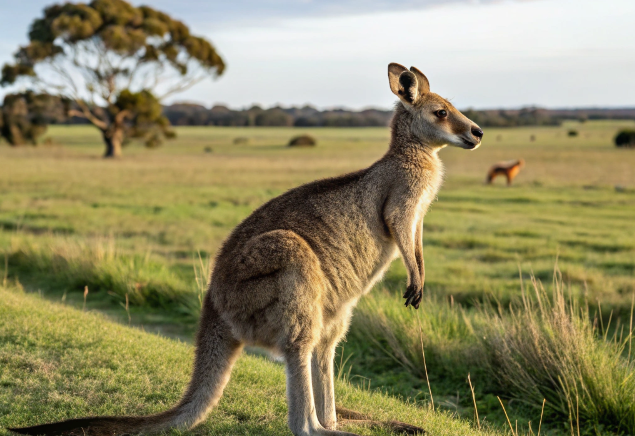Wildlife Forbidden for Residents After Anthrax Kills Over 50 Hippos

© Mehmet Turgut Kirkgoz / Pexels
Recent reports from Virunga National Park in the Democratic Republic of the Congo reveal a concerning outbreak of anthrax, resulting in the deaths of at least 50 hippopotamuses and other large animals, including buffalo.
Park director Emmanuel De Merode confirmed that tests have identified anthrax poisoning as the cause, though the exact source remains undetermined.
Anthrax: A Persistent Threat to Wildlife
Anthrax is a bacterial disease caused by Bacillus anthracis, commonly found in soil. While it primarily affects livestock and wild animals, humans can contract the disease through direct contact with infected animals or contaminated animal products.
The Centers for Disease Control and Prevention (CDC) notes that anthrax spores can remain dormant in the environment for decades, posing ongoing risks to both animal and human populations.
Challenges in Containing the Outbreak
Efforts to manage the outbreak have been hampered by logistical challenges. Park authorities are striving to remove and safely dispose of the carcasses to prevent the further spread of the disease. However, the lack of excavating equipment made it difficult to bury the animals promptly.

De Merode emphasized the urgency of the situation, stating, “It’s difficult due to lack of access and logistics. We have the means to limit the spread by… burying them with caustic soda.”
Decline of Hippo Population in Virunga
Virunga National Park has witnessed a dramatic decline in its hippopotamus population over the past few decades. In the 1970s, the park was home to approximately 29,000 hippos. However, due to poaching and regional instability, the population has decreased by about 95%. Hippos are often targeted for their meat and the ivory found in their teeth, exacerbating conservation challenges.
Public Health Advisory
In response to the outbreak, the local office of the Congolese Institute for Nature Conservation (ICCN) in North Kivu province has advised residents to exercise caution.
They recommend avoiding contact with wildlife and ensuring that domestic animals do not graze near affected areas to minimize the risk of transmission. While anthrax primarily affects animals, it poses a potential risk to humans and domestic livestock.

The anthrax outbreak in Virunga National Park underscores the complex challenges faced in wildlife conservation and public health. Addressing such issues requires coordinated efforts, adequate resources, and heightened awareness to protect both animal populations and human communities from the impacts of zoonotic diseases.
You might also want to read: Japanese Zoo Found Out a Male Hippo Was Female All Along!


